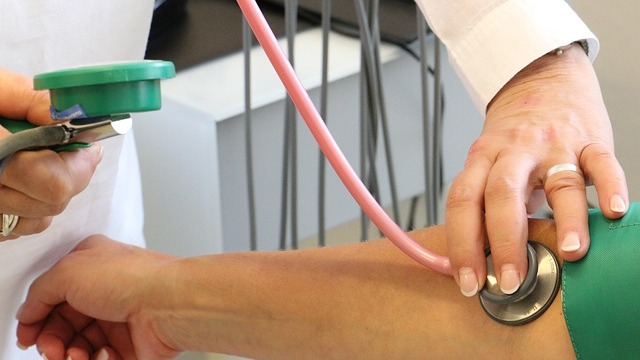
Transforming Healthcare: The Impact of AdvaMed
In an era where medical technology evolves daily, the Advanced Medical Technology Association (AdvaMed) stands as a pivotal force in the industry. As the leading advocate for medical technology companies, AdvaMed plays a crucial role in improving healthcare accessibility and innovation. Behind every diagnosis and treatment, AdvaMed champions the technologies that significantly enhance patient care.
Health Innovations That Make a Difference
The influence of medtech can be felt across millions of lives. From pioneering surgical instruments to cutting-edge diagnostic devices, advancements in this field transform patient outcomes. The relentless pursuit of innovation ensures that healthcare providers have the best tools to serve their patients effectively. AdvaMed serves as a beacon of hope and improvement in healthcare, working to ensure these advancements are accessible to all.
A Collaborative Approach to Policy
AdvaMed’s Medical Innovation Agenda highlights the collaborative efforts between industry leaders and policymakers to carve pathways for greater medical innovation. This agenda isn’t merely a roadmap; it’s a commitment to fostering discussions that influence legislation benefiting the medical technology landscape. By partnering with policymakers from across the political spectrum, AdvaMed seeks to align industry trends with legislative priorities, ensuring a future where medical technology can flourish.
The Value of Membership in AdvaMed
Membership in AdvaMed opens doors to a world of resources. As Kevin Lobo, CEO of Stryker, emphasizes, the networking opportunities and access to critical industry insights are invaluable. Start-ups, like Miach Orthopaedics, find tremendous benefits in being a member, gaining a foothold in essential areas like regulatory issues and health economics. This connection to a wider network allows companies to navigate the complex landscape of medical technology with greater confidence.
Events that Foster Innovation
Looking ahead to 2025, AdvaMed is set to host a lineup of dynamic events that will provide a platform for learning and collaboration in the medtech community. These gatherings are more than just meetings; they are spaces where innovation thrives. Participants from all backgrounds come together, exchanging ideas, sharing advancements, and exploring new developments in the industry. For anyone invested in the future of healthcare, these events are not to be missed.
Conclusion: A Call to Engage and Innovate
For those passionate about healthcare and technology, now is the time to engage with organizations like AdvaMed. With their finger on the pulse of medical innovation, participating in their initiatives can enhance understanding and capabilities within the medtech industry. Join the conversation, explore the resources available, and be a part of the transformation in healthcare that AdvaMed champions.
 Add Row
Add Row  Add
Add 




Write A Comment